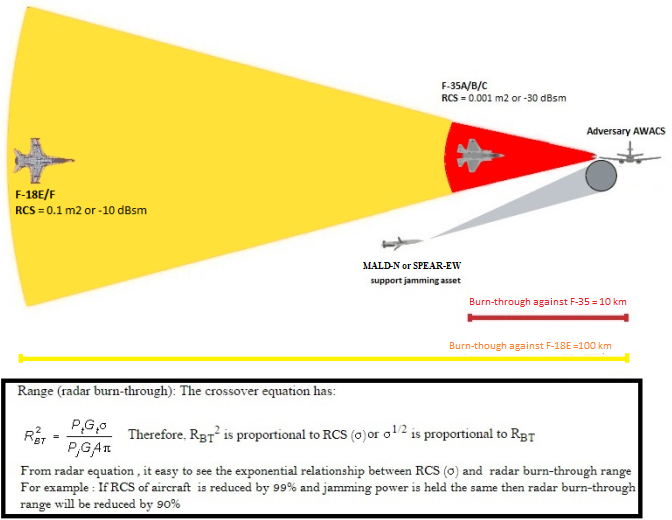Su-27 aerodynamically speaking is much more advanced.
Su-30MKI has al the refinements that F-15 never got, originally they wanted to make it like this
Plus remember the USAF still operates old airframes built before the year 2000, while India and China operate Flankers built in the 2000 onwards.
Firstly, that is not the original F-15 but rather F-15 STOL/MTD which stand for Short Takeoff and Landing/Maneuver Technology Demonstrator, in a sense it is very similar to F-16 VISTA and F-16CCV, developed to assess the usefulness of technology like TVC, canard ..etc
The fact is, neither F-15 or F-16 get these extra control surface and TVC because it was deemed that the advantage given by these doesn't outweight the disadvantage due to added weight and complexity. For F-15 especially, it even uses a hard wing without leading edge slat and leading edge extension. However, by staying very light comparatively to its thrust rating, F-15 has much better acceleration than Su-30.
For an old fuselage like F-15, Su-35 with Irbis still is a target, electromagnetic waves work the same wave in radars of WWII or in a modern PESA or AESA, the only thing that has changed is the number or transmitters or receivers and the digital processing power.
Well the physical properties of the wave itself doesn't change, but the power, the sensitivity the processing power of radar does change, and it has significant impact on detection range. Take for example, the internal noise of AESA is only half that of PESA
Irbis will burn through most jammers, since it is so powerful jamming it will be very hard and still a conventional fuselage like F-15 has a RCS very big, armed with 14 missiles and it is more observable, in fact it increases its RCS many times.
Well, no.
Irbis-e while relatively powerful for a fighter radar, still hopelessly weak compared to most medium/long range surface radars, and even those radar are not immune to jamming.
Besides, burn through is not a fixed condition, it depends on the signal-noise ratio between the jammer vs the radar return that mean the further it is from a radar, the easier it is to jam it, since radar return have to travel 2 ways while jamming return have to travel one way only
Alternatively, cutting down RCS is also a very good way to reduce burn through distance.
Of course, F-15 is not stealthy or low RCS by any mean, but neither is Su-30s. They likely both can detect the other from very long range, yet F-15 will detect Su-30 from longer range due to its much better radar. Even if the detection range excess its own missile engagement distance, the advantage in detection range can be translated to time to accelerate, climb to give its missile more range and velocity
you have admitted F-35 is too delicate for replacing A-10
A-10 has an advantage F-35 has not, when an aircraft will target a position it needs to know if the target is friend or foe, visual identification is necessary, because number one today anti aircraft weapons are developing anti drone capability, either downing them or jamming them, furthermore if the target its close to friendly lines and position mistakes can happen. A-10 is a WWII style aircraft, so it needs armour.
F-35 can not replace A-10 basically it is a joke, is like saying Tu-22M can replace Su-25, a funny joke, but A-10 can not be replaced with a machine that a rifle can down it, F-35 it is very delicate, a few bullets or damages will render its stealth useless
F-35 is never intended to do CAS the exactly the same way A-10 does, so armor is irrelevant for it. Visual identification can be done with EOTS from pretty far away. Even if we assume there are many air defense that will shot down the SDB and drones released by F-35, in these environment, A-10 itself will be shot down, so it is even worse.
Basically, complain that F-35 can't do A-10 task because it is not as hard armored as A-10 is the same as saying Ticonderoga and Arleigh Burke can't replace Iowa because their armor isn't as thick
Another big misconception is that A-10 is armored like a tank and bullet proof, it isn't. It got a small titanium bathtub to protect the pilot, but the airplane itself isn't really bullet proof




















